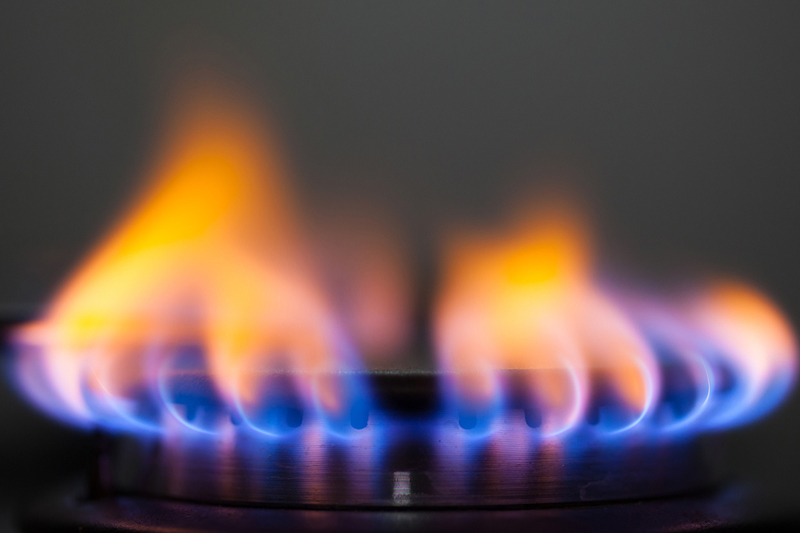* Deal between OPEC, Russia to cut oil output pushes up LNG
* S.Korea's KOGAS orders spot cargoes to deal with cold weather
* Cold U.S. weather also helps push up Asian LNG market
By Henning Gloystein
SINGAPORE, Dec 8 (Reuters) - Asian spot prices for liquefied natural gas (LNG) rose to their highest since mid-2015 this week as a deal by OPEC and Russia to cut crude oil output lifted the entire fuel complex, with winter weather in the Northern Hemisphere supporting gas markets.
Spot prices for Asian LNG LNG-AS rose by half a dollar from last week to around $8.1 per million British thermal units (mmBtu), their highest since July 2015.
Traders said the main price drivers were a deal between the Organization of the Petroleum Exporting Countries (OPEC) and non-OPEC producer Russia to cut crude output to prop up prices, as well as cold weather in northern Asia and Europe that lifted LNG demand for heating and power generation use.
"Higher oil prices translate into higher LNG import prices for the majority of LNG consumers," energy consultancy Wood Mackenzie said on Thursday in a paper on OPEC's impact on LNG markets.
As some 80 percent of LNG supply is sold at prices linked to Brent crude oil, Wood Mackenzie said every $1 per barrel increase in Brent would bring a $0.07-$0.15/mmBtu increase in contract LNG prices indexed to oil.
The other big price driver has been winter weather in the core consumers of northern Asia - Japan, South Korea and China.
Temperatures are particularly low in South Korea, where meteorological data in Thomson Reuters Eikon shows unusually cold conditions are expected to last into the second half of December.
South Korea's KOGAS 036460.KS , one of the world's biggest corporate buyers of LNG, issued a tender to buy two spot cargoes for arrival between December and February this week in order to meet the surprise winter demand.
The company's inventory levels are around 1.8 million-1.9 million tonnes, only about 40 percent of total storage capacity at its four receiving terminals.
KOGAS normally keeps its inventory levels at 50 percent ahead of winter season.
Cold weather in the United States is also pushing up Asian spot LNG rates, as export prices from the Sabine Pass export project are linked to U.S. spot gas prices, which have risen by a third since November to over $3.6 per mmBtu NGF7 .
